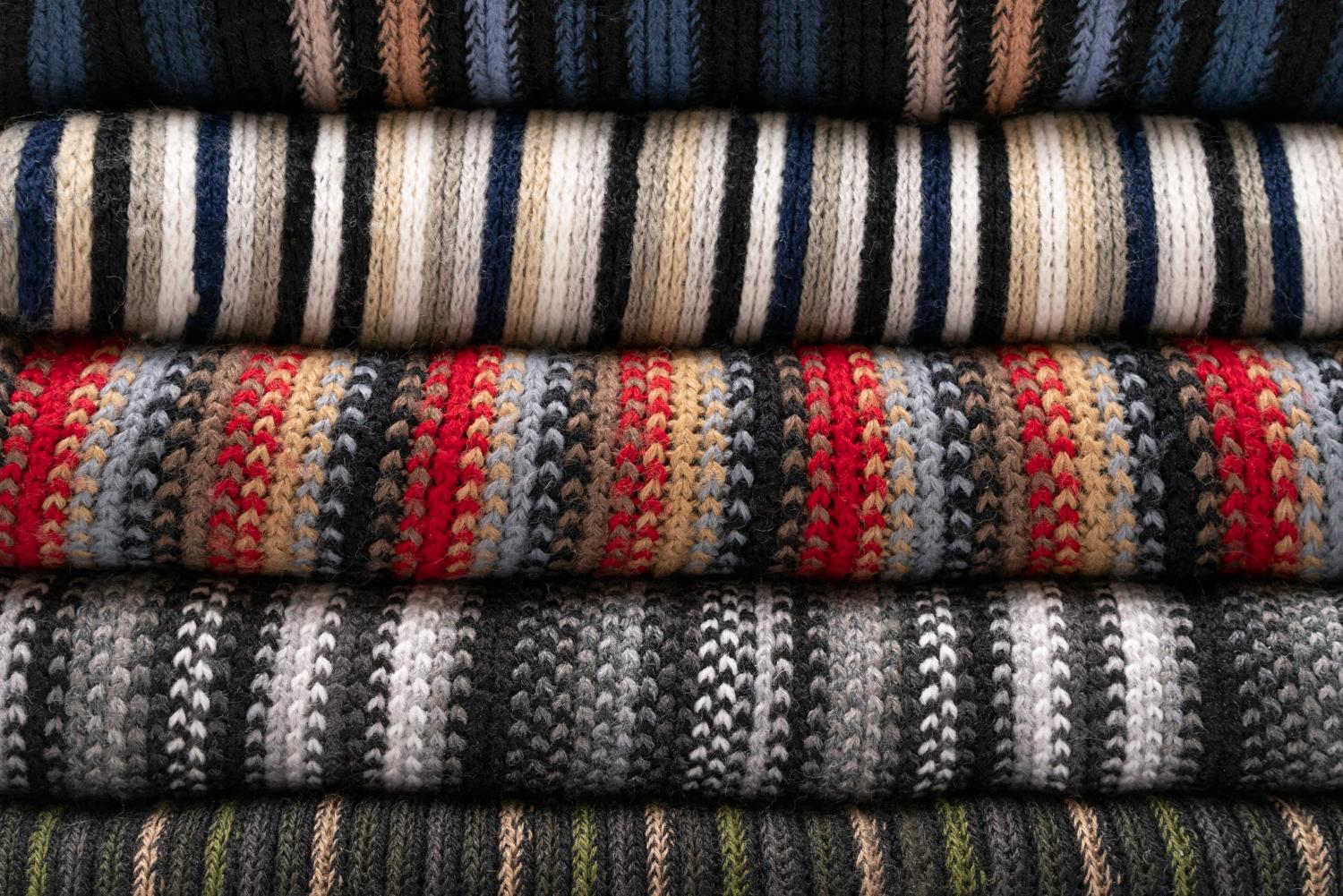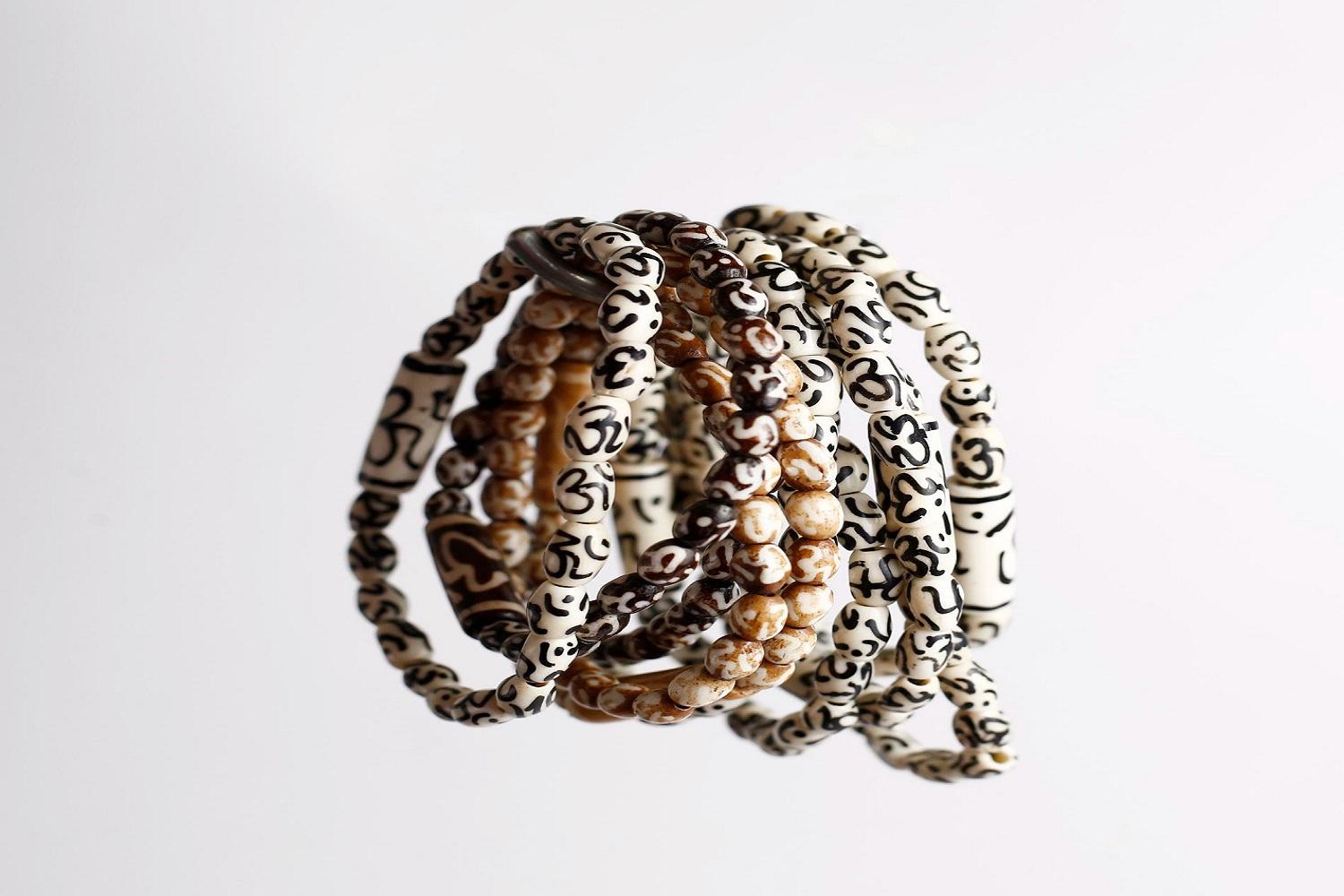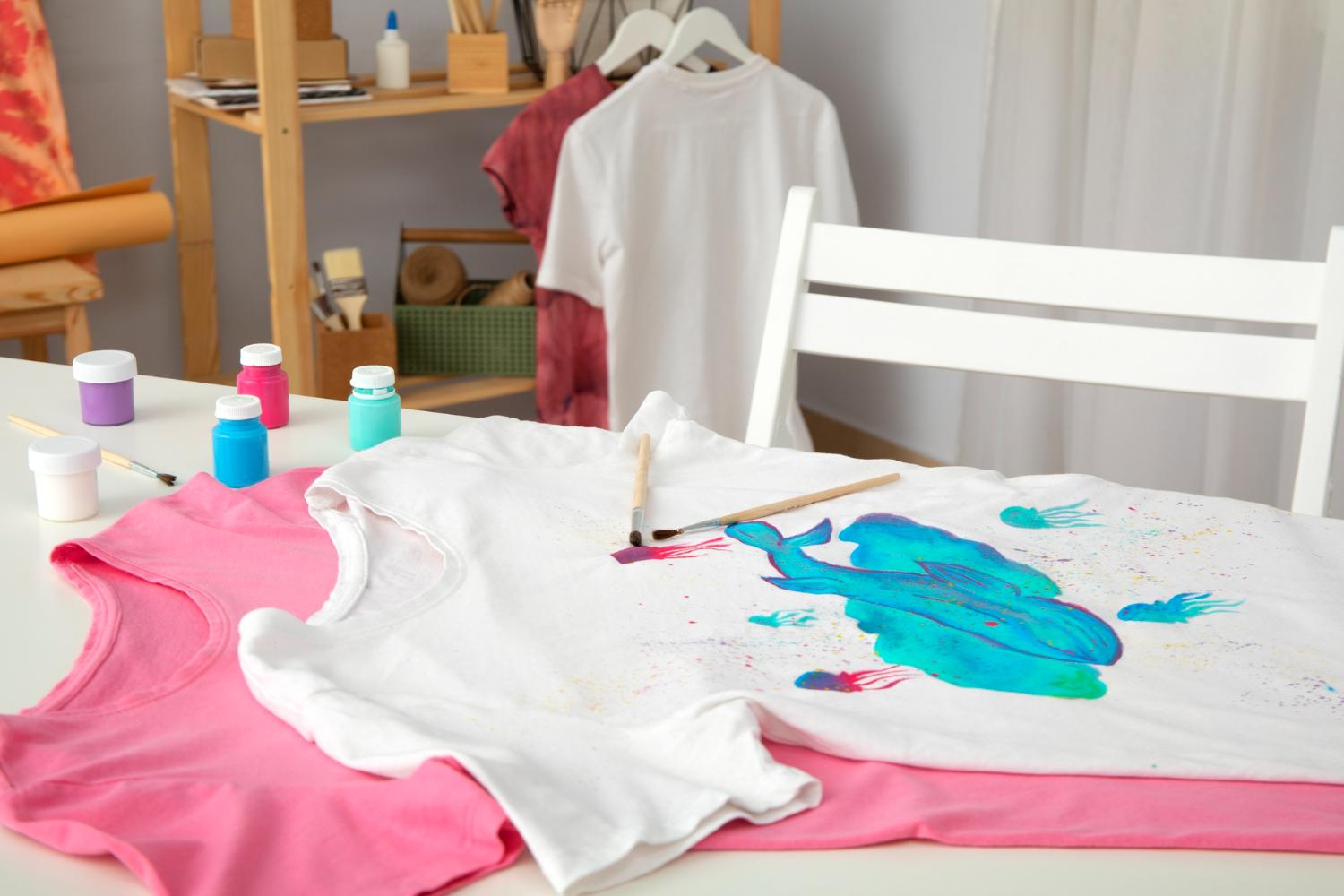Among the sea of textile options available today, jersey knits have carved out an enduring role—not just for comfort, but for their engineering flexibility, sustainability potential, and fashion relevance. This fabric isn’t just soft and stretchy; it’s a case study in how design, technology, and consumer needs intersect in contemporary apparel.
A Textile Born from Technological Advantage
Unlike woven fabrics, jersey is constructed using a single-needle knit technique that loops yarns rather than crossing them. This looping grants it a natural elasticity without synthetic stretch fibres. Modern iterations now incorporate modal, bamboo, and spandex blends, each tailored to achieve specific drape, moisture-wicking, or compression goals.
A Key Player in Circular Fashion
As demand grows for sustainable fashion, jersey’s recyclability and fibre adaptability make it a smart contender. Brands looking to close the loop are turning to jersey blends that include recycled polyester or organic cotton, reducing virgin fibre reliance without compromising on wearability. Importantly, jersey’s durability supports slow fashion principles—it resists wrinkling, washes well, and holds shape over time.
Performance vs. Lifestyle: Strategic Fabric Positioning
Jersey knits outperform many woven counterparts when dynamic stretch and breathability are essential—think activewear, maternity clothing, or travel garments. But not all jerseys are created equal. Lightweight cotton jersey may lose recovery over time, while interlock jersey, a double-knit variant, offers more structure and opacity, making it suitable for office-ready attire.
Construction Considerations in Design
From a production standpoint, jersey’s natural curl along the edges makes it prone to distortion if not handled carefully. This impacts not only home sewers but also manufacturers where garment consistency is critical. Laser cutting and stabilised sewing techniques are often employed to counter these effects—details that differentiate premium jersey products from mass-market offerings.
Tactile Psychology and Consumer Preference
Jersey’s soft hand isn’t just a sensory preference—it’s a psychological comfort cue. In uncertain times, buyers are drawn to ‘second skin’ textiles that provide both emotional and physical ease. This insight is shaping retail narratives in loungewear, intimates, and hybrid workwear lines.
Fabric Strategy in Merchandising
Choosing jersey isn’t just about function—it’s a merchandising decision. Retailers often use jersey garments as entry-level SKUs due to their mass appeal and fit forgiveness. Paired with higher-margin outerwear or accessories, they act as traffic drivers and conversion tools in both digital and physical retail settings.
In short, jersey knits are not merely wardrobe essentials—they are strategic, multi-purpose fabrics evolving in step with consumer expectations, technological shifts, and sustainability imperatives. Choosing jersey is no longer a default—it’s a design and commercial decision.




